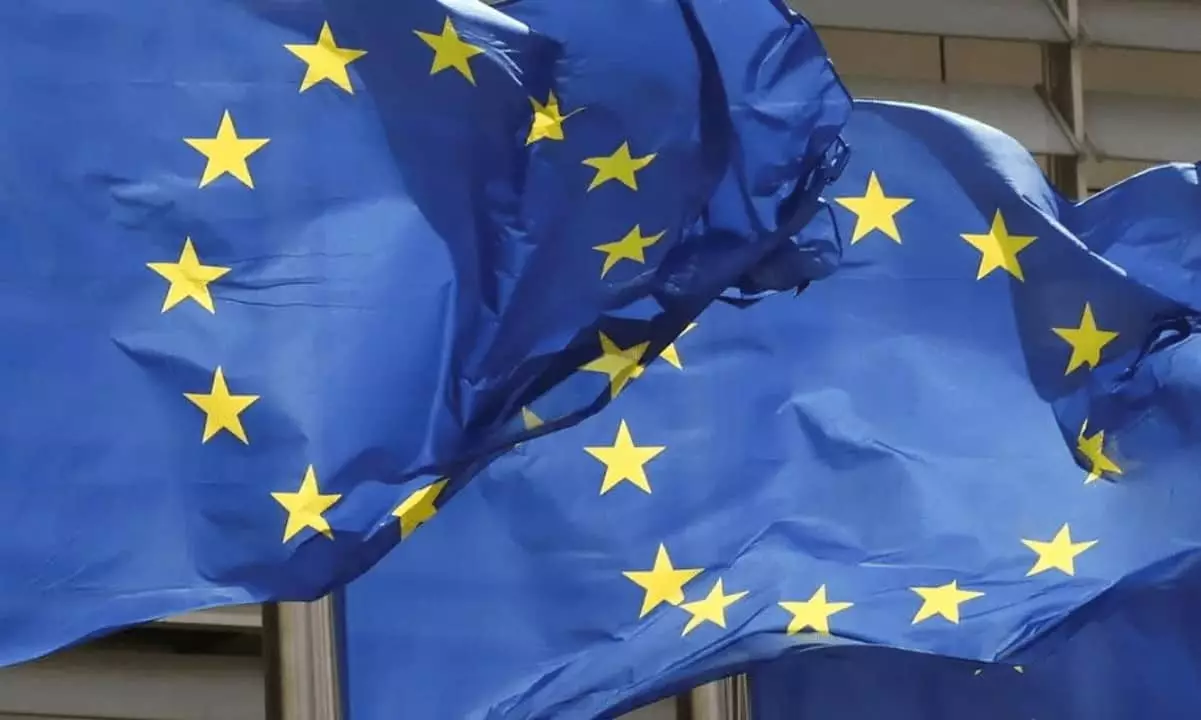Six months into the deployment of the Markets in Crypto-Assets (MiCA) regulation, Europe stands at a critical crossroads. While many hail this as a pioneering step towards stability and investor protection, critics argue that it could inadvertently encumber the very innovation it seeks to nurture. The European Union’s attempt to impose comprehensive oversight on a fast-evolving sector reveals both strategic foresight and significant hubris. From a pragmatic, center-right liberal perspective, it is clear that while necessary regulation curtails reckless behaviors, excessive overreach threatens to stifle entrepreneurial spirit and competitiveness.
The fact that many firms have already secured licenses and are actively transitioning into compliance demonstrates an admirable commitment to legitimacy. Yet, beneath this surface optimism lies a layered tension: will these regulations serve as a catalyst for trust or as a barrier that privileges traditional finance at the expense of nascent, innovative firms? The silence around asset-referenced tokens (ARTs) — which remain underwhelming in adoption — highlights Europe’s cautious approach but also suggests perhaps missed opportunities to embrace a segment with higher growth potential. In short, the regulatory framework appears to be more aligned with preserving order than fostering dynamism, risking becoming a double-edged sword for the continent’s crypto ambitions.
Regulatory Clarity: A Double-Edged Sword
The rollout of MiCA offers undeniable clarity where ambiguity once reigned, yet this clarity comes with strings attached. Licensed entities like Coinbase, Kraken, and eToro now operate within a tightly defined legal landscape. This is beneficial, no doubt, as it paves the way toward greater investor confidence and market stability. However, from a competitive standpoint, it might also entrench established players—particularly those with traditional finance backgrounds—while marginalizing smaller startups or disrupting newcomers who hesitate to bear the high compliance costs.
The fact that over 35 firms have been flagged as non-compliant and that Italy’s CONSOB is actively pruning the market indicates a two-fold reality: regulators are serious, but enforcement may inadvertently favor big-name firms that can more readily absorb regulatory costs. Smaller operators, vital for true innovation, may find themselves squeezed out, reducing market fluidity and diversity. Moreover, the limited success among ART issuers underscores Europe’s conservative nature—favoring stability over experimentation, which could delay the development of blockchain innovations that are inherently disruptive or riskier.
The Impacts and the Price of Progress
The economic implications of MiCA are significant. A projected rise of 35% in stablecoin market capitalization signals that a segment of the market is warming up to regulation as a form of validation. This could lead to increased investor confidence and potentially more mainstream adoption. Yet, the associated costs for compliance—estimated to elevate operational expenses for a substantial portion of crypto firms—are often passed down to consumers or lead to reduced competitiveness. Innovation tends to thrive in environments where regulatory costs are proportionate and predictable, not prohibitive.
Furthermore, the EU’s market anticipated to reach $1.2 trillion by 2025 presents a tantalizing opportunity. Nonetheless, this growth hinges on balancing regulation with agility. Overly stringent rules risk becoming a regulatory straightjacket, deterring entrepreneurs and foreign players from viewing Europe as an inviting hub. Conversely, a well-structured regulatory environment can serve as a formidable competitive advantage—if it remains flexible enough to accommodate rapid technological change. The current path suggests Europe is choosing stability over speed, a calculated tradeoff that could either pay off through sustainable growth or backfire through stagnation.
Center-Right Realpolitik: Navigating the Future
From a pragmatic, center-right liberal stance, what is most vital is fostering an ecosystem that values transparent regulation without suffocating innovation. MiCA’s steps toward comprehensive oversight are necessary; the industry’s inherent risks demand such discipline. However, the approach must prioritize proportionality—ensuring that compliance costs do not become insurmountable barriers for startups and disruptors, who are often the true engines of technological progress.
Europe’s regulatory trajectory should be about channeling innovation into safe harbors rather than prisons. It must recognize that excessive regulation—particularly if it aligns too closely with traditional financial institutions—could serve as an indirect subsidy to legacy players, locking out new entrants. A balanced strategy involves rigorous but fair enforcement, a clear pathway for startups to grow into industry leaders, and the flexibility to adapt as the sector evolves. Only then can Europe truly turn MiCA from a restraining force into a strategic advantage—championing stability without sacrificing the innovative edge necessary for competitiveness on the global stage.

